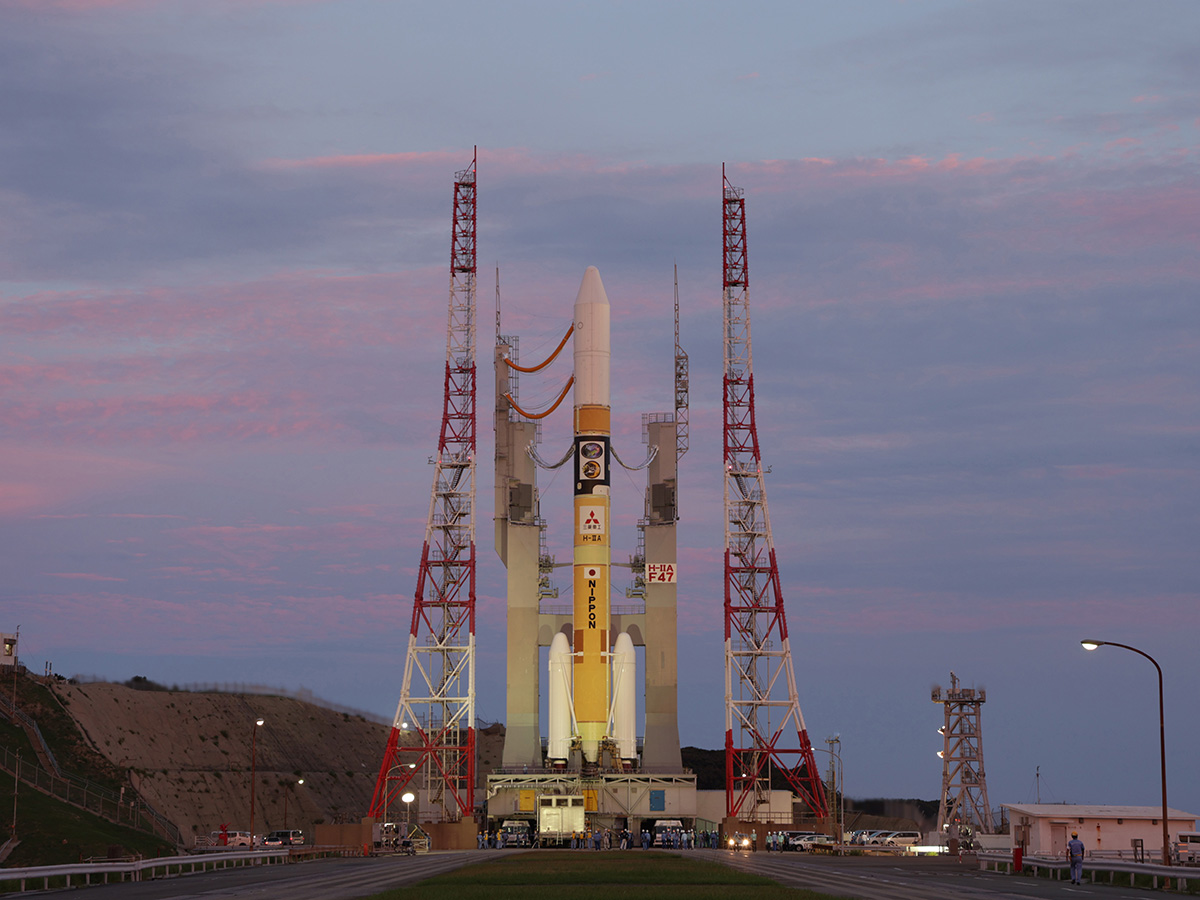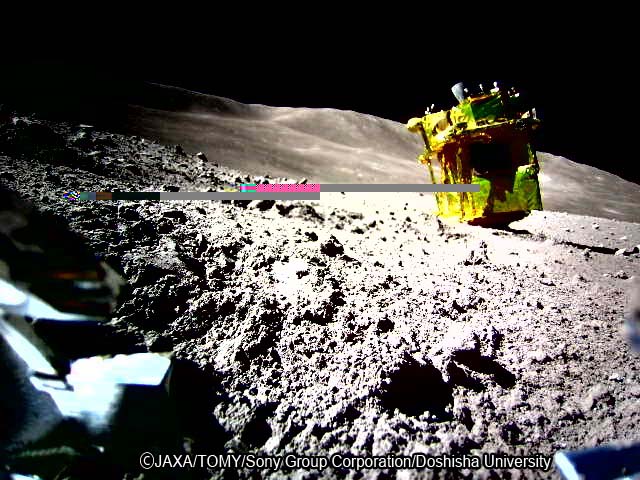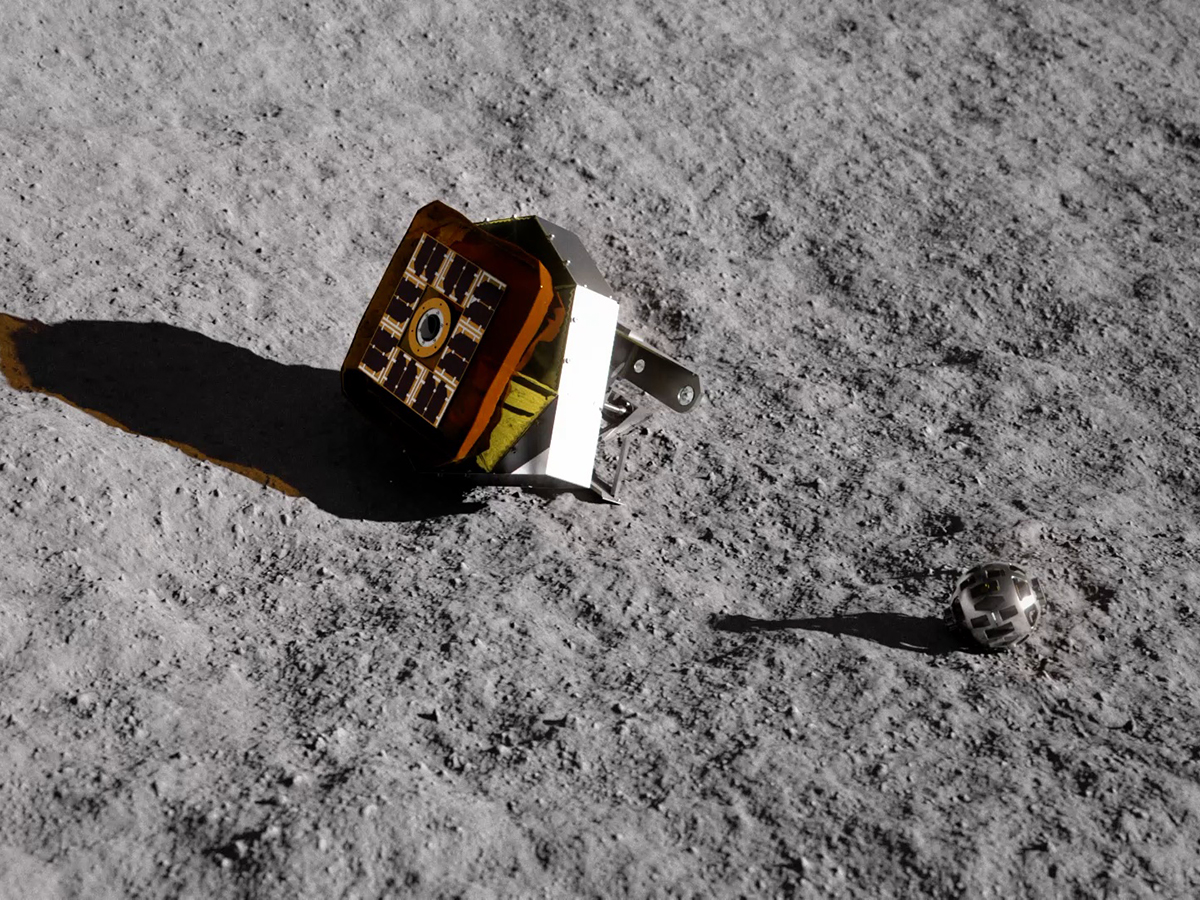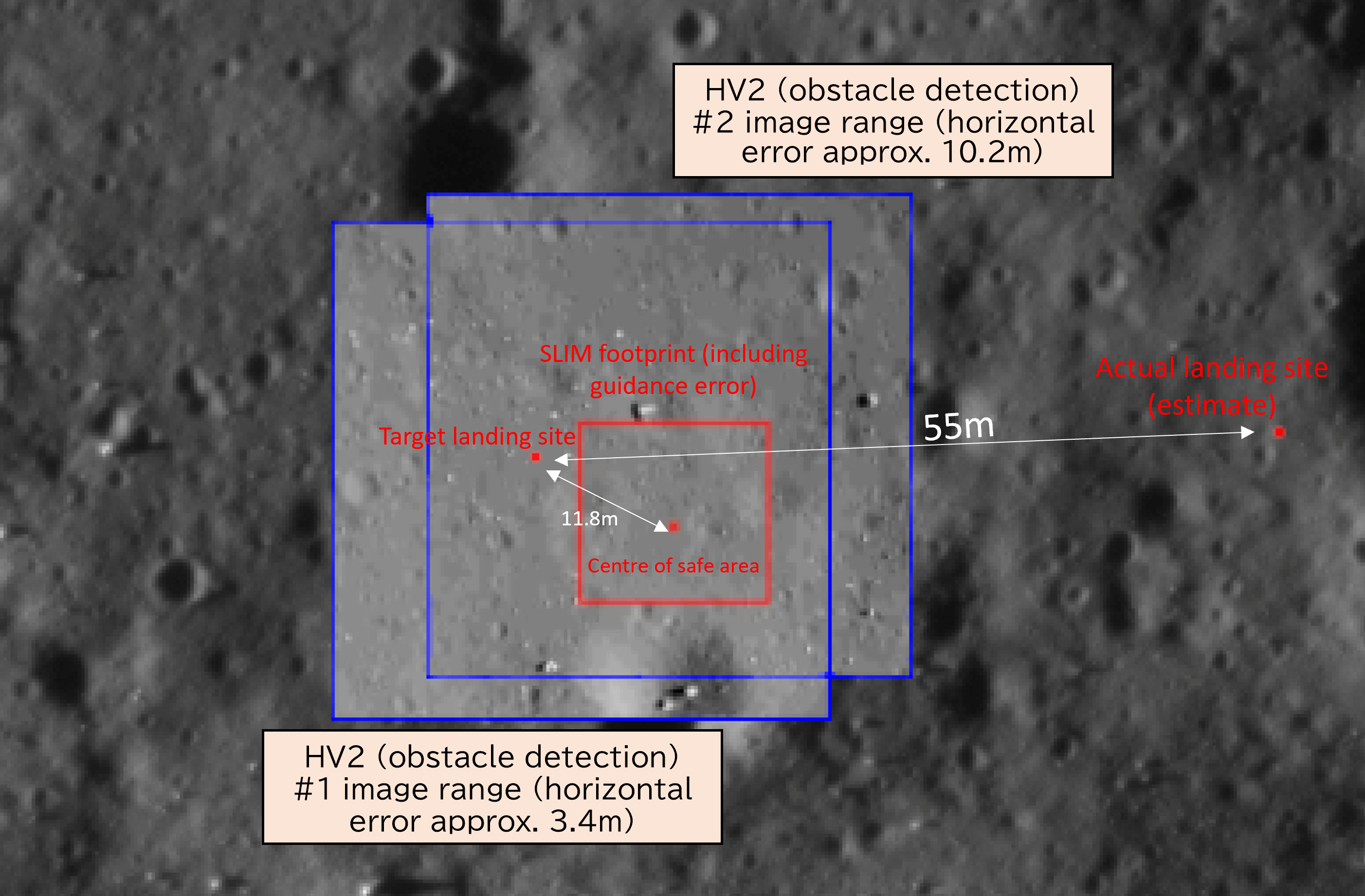JAXA’s SLIM moon lander timeline
Here you will find a SLIM moon lander timeline to better understand the mission's journey, what went wrong, and its eventual revival.
JAXA’s Smart Lander for Investigating Moon (SLIM) lunar lander has been through quite the rollercoaster during its mission cycle thus far. From losing a landing thruster on its way down, to landing on its nose, and losing power once on the surface, it has not been smooth sailing for the historic craft which places Japan as only the fifth country to achieve a soft touchdown on the lunar surface.
Launch and journey to the moon

The H-IIA Launch Vehicle No.47 with X-Ray Imaging and Spectroscopy Mission (XRISM) and Smart Lander for Investigating Moon (SLIM)
The Japan Aerospace Exploration Agency (JAXA) launched the SLIM lander to demonstrate advanced pinpoint landing technology on the lunar surface on 6th September 2023, with it entering lunar orbit on 25th December 2023. This initiative aimed to refine the accuracy of lunar landings, amongst others, a critical factor for the future of extraterrestrial exploration and potential future human settlements. The launch, part of Japan's broader space exploration efforts, sought to place SLIM on the Moon within 100m of an equatorial crater known as Shioli, marking a significant milestone in JAXA's exploration endeavours. For reference, the 1969 Apollo 11 Eagle lunar module had a landing footprint of 12 miles long and 3.1 miles wide, so the advancement is quite staggering.
Thruster problems on descent
However, not everything went as planned, as often happens with ventures into space. As SLIM made its descent towards the Moon's surface it encountered a critical challenge, at approximately 50 meters above the lunar surface, SLIM experienced a failure in one of its two main engines, a predicament that significantly compromised its landing strategy. This engine failure was not just a mechanical hiccup but a pivotal moment that placed the entire mission at risk, despite this the landing continued with onboard computers working to calculate for the error.
A nose-down touchdown

Images release by JAXA showing the nose-down SLIM lunar lander.
Landing occurred on 19th January 2024 at 15:20 UTC, but in a rather different circumstance than initially hoped. Owing to the unexpected engine failure, SLIM found itself in a precarious situation, landing in an unplanned orientation that rendered its solar panels ineffective. Almost 90 degrees off from the planned resting position, the craft had actually landed on its nose, which whilst not catastrophic in and of itself, meant that the craft could not generate the power needed to operate the craft from its solar cells. This meant it was only a matter of time until the mission would completely lose power.
Losing power and shutdown
With power dwindling and little to no way to generate any power, time was running out for SLIM. After some consideration, the decision was made to power down the lander to conserve its systems just three hours after landing on the lunar surface. Now the hope was to allow time for sunlight to eventually hit SLIM in some capacity to get enough energy to continue its mission, but only time would tell whether this was vain hope or a reality.
A remarkable revival
On the 29th January 2024, against all odds, SLIM’s story took a remarkable turn as the lander awoke from its powerless state more than a week after its power-down, breathing new life into the mission. The initial indication of SLIM's reactivation was detected by AMSAT-DL, a German amateur radio satellite group, whose Bochum observatory captured a signal that was later verified as SLIM communicating with ground stations.
With the sunset at Shioli crater expected early on January 31st, SLIM's operational window to recharge its batteries and carry out scientific tasks was narrow. Neither SLIM nor its accompanying rovers are equipped with radioisotope heater units, they are unlikely to withstand the extreme cold of the lunar night, where temperatures plummet to around -130°C.

Render of LEV-1 and LEV-2 on the Moon's surface, two small lunar robots deployed by SLIM.
The Multi-Band Camera (MBC) aboard SLIM managed to make observations, along with its two accompanying lunar robots it deployed, LEV-1 and LEV-2, providing valuable scans, imagery, and telemetry data. The MBC carried out detailed observations at 13 locations, capturing 333 images across various wavelengths to examine lunar rocks and soil. This extensive dataset is being analysed to classify rock types and determine mineral compositions, aiming to unveil the Moon's origins.
Conclusion
Since these findings things have been quiet from JAXA, likely meaning the lander has done its service and has since not survived the lunar night, but that isn’t to mean the mission was a failure – in fact quite the opposite!

Image showing the eventual landing site of SLIM, overlayed with images from the HV2 obstacle detection operation from above (blue frames).
With a primary mission to demonstrate accurate landing, something that it certainly achieved even despite an engine malfunction landing within 55m of the 100m target zone, the mission was an overwhelming success for JAXA. Secondary objectives were also achieved, despite hiccups, with LEV-1 and LEV-2 deployed successfully as well as additional observations made using the SLIM-mounted MBC.
Now all there is to do is wait and see the scientific results of the observations and data transmitted back to us on Earth and await the next mission to our partner in orbit, which will only be enhanced thanks to the experiences gained through JAXA’s SLIM mission.









